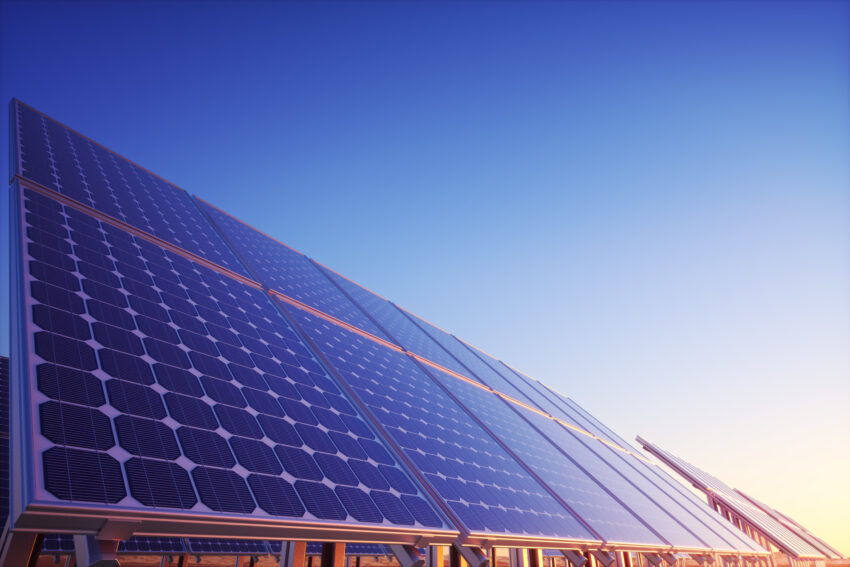Going Solar: Your Guide to Each Type of Solar Panels

You may have heard about the benefits of solar panels. Or, you may not know much about them. The fact is, there are nearly a million and a half solar panels in use across the United States.
The numbers do not lie. With more and more households in the United States switching to solar power, there are plenty of benefits to obtain.
But along with the benefits of solar panels come the different types of solar panels. If you are considering solar panel installation, it is important to first know a little about the various types.
In this article, we will explore the three major types of solar panels. We will take a look at the materials that comprise each, ad how to tell the difference between them. Read on for more information.
1. Monocrystalline Solar Panels
As the name suggests, monocrystalline solar panels feature a singular type of material. In these types of solar panels, the electricity-conducting cells are made up of one singular form of silicon. Silicon wafers combine to form a rectangle and fit between glass for protection and conduction.
Monocrystalline panels tend to be the most popular. They are easily identifiable by their color. Monocrystalline panels are black, and what you likely see the most of in a neighborhood or even a solar farm.
2. Polycrystalline Solar Panels
Polycrystalline panels, on the other hand, feature a variety of different fragments of silicon. These fragments are usually melted down and poured into a mold. They are afterward cut into wafers to make up the panel’s cells.
Polycrystalline panels give off a bluish color. This is due to the makeup of the silicon fragments.
Installation of mono- and polycrystalline panels is generally the same. The answer to the question of how to install solar panels is rather complicated. Trust in experts, like those behind https://blueravensolar.com/florida/, to ensure that both types of panels are installed correctly.
3. Thin-Film Solar Panels
Mono- and polycrystalline panels are both rather thick because of the silicon wafers and frames. If you prefer something more discreet, thin-film solar panels are for you.
Thin-film panels are radically different from crystalline panels. Instead of silicon, thin-film panels feature a variety of materials. Cadmium telluride is very common in these types of panels.
Because the materials are different, these panels are often much thinner than their crystalline counterparts. There are even adhesive versions of thin-film solar panels. This allows nearly invisible installation and function.
However, adhesive panels are not always the best at converting sunlight into electricity. Sometimes, these panels are built into frames, which allows for better conversion and a more secure fit on your roof.
Thin-film panels can come in both black and bluish tones, depending on the materials.
Learn More About the Types of Solar Panels
Now that you know the different types of solar panels, it is time to learn more.
Our website has a fantastic array of articles focusing on real estate, home improvement, and solar energy. Check us out for tips, tricks, and advice on solar panels.




Leave a Reply